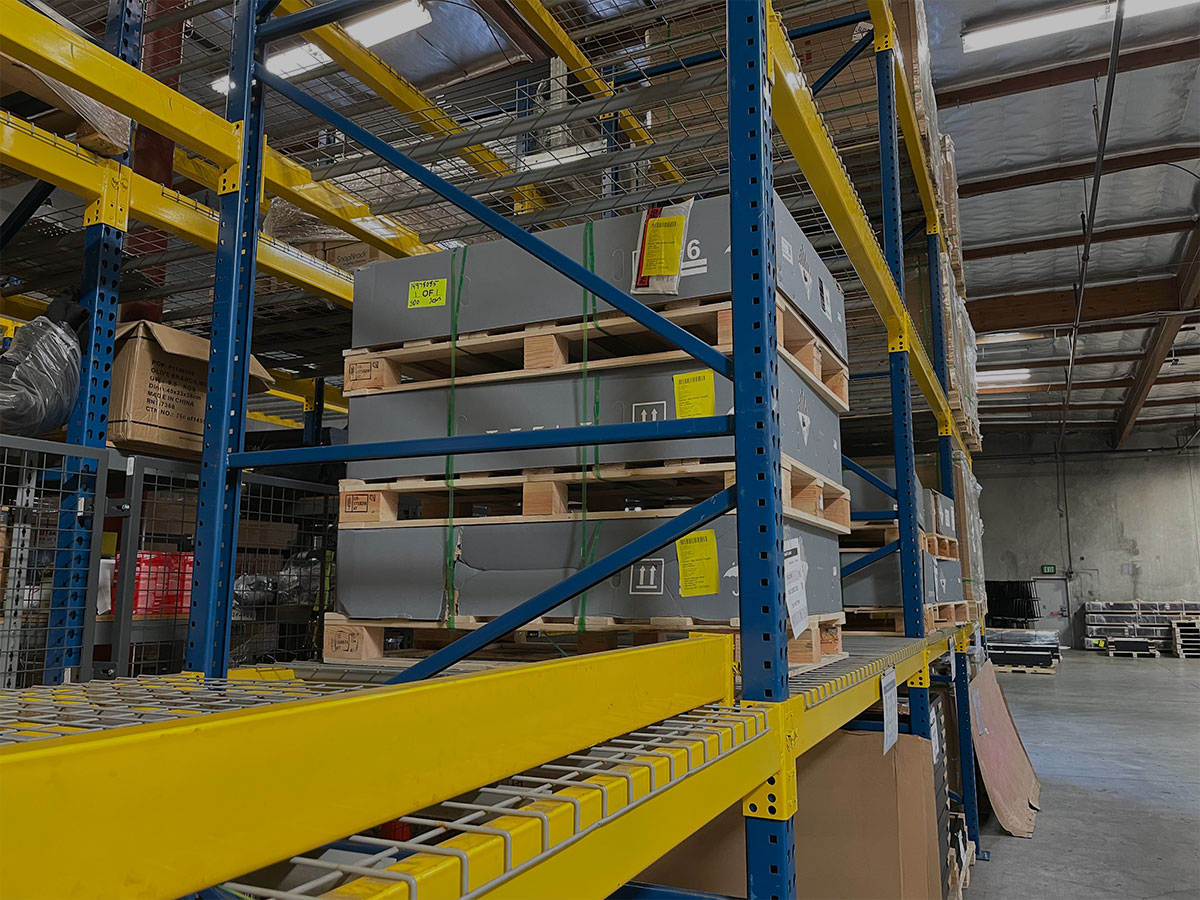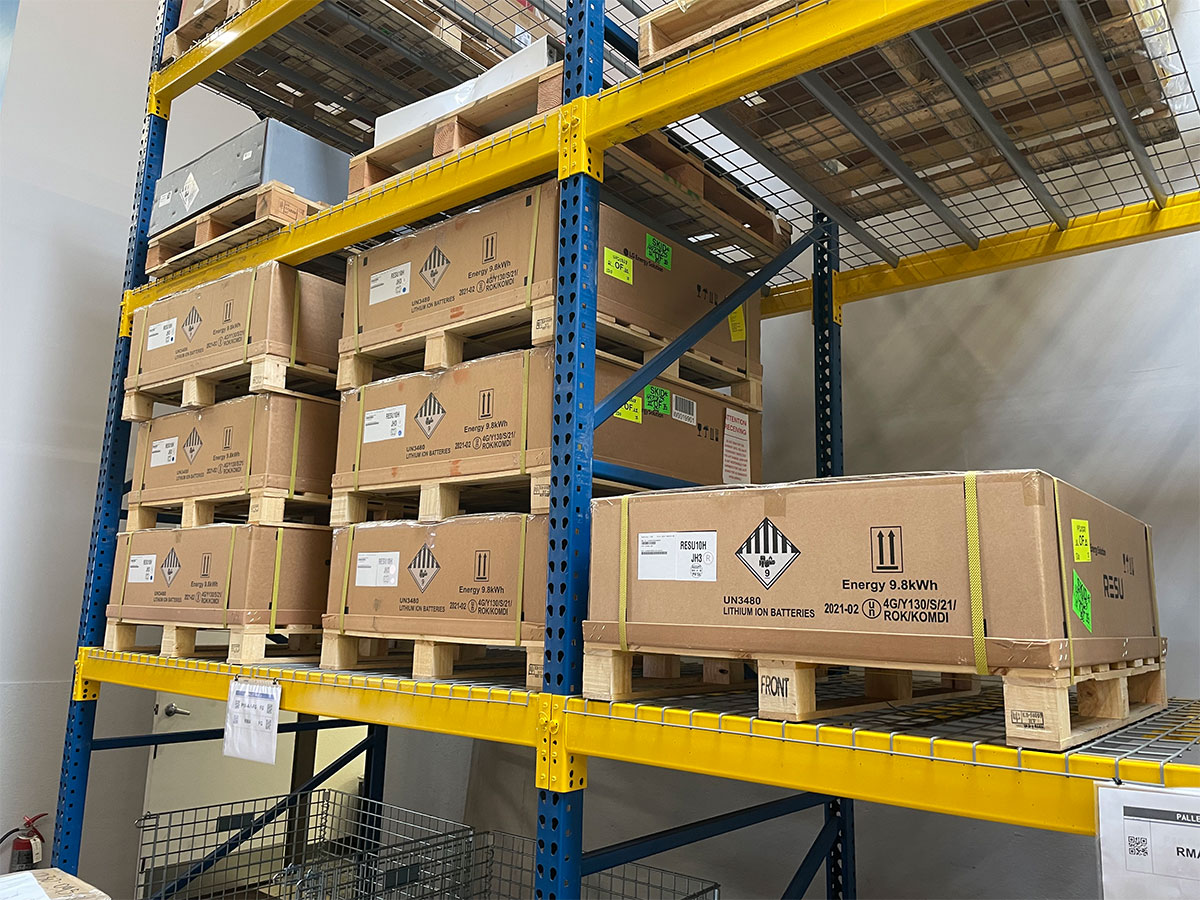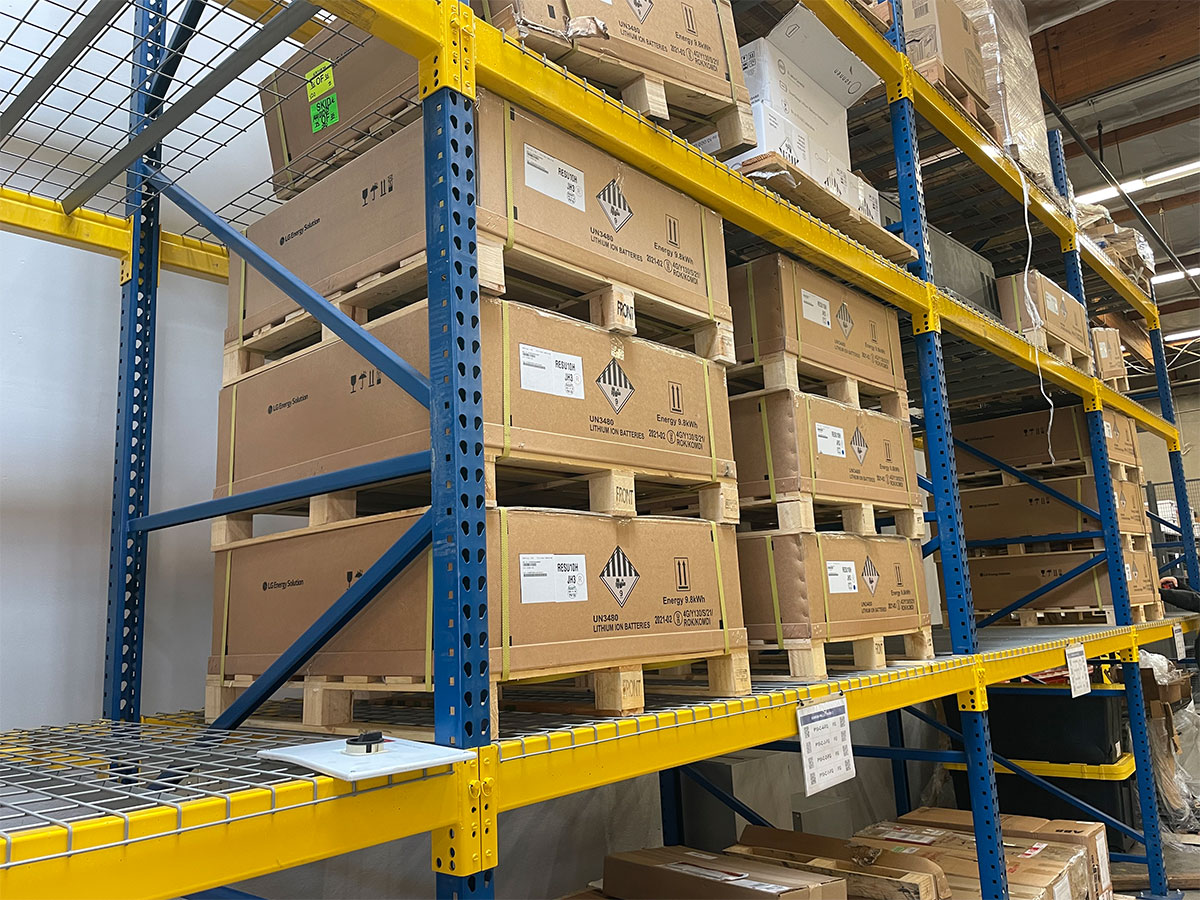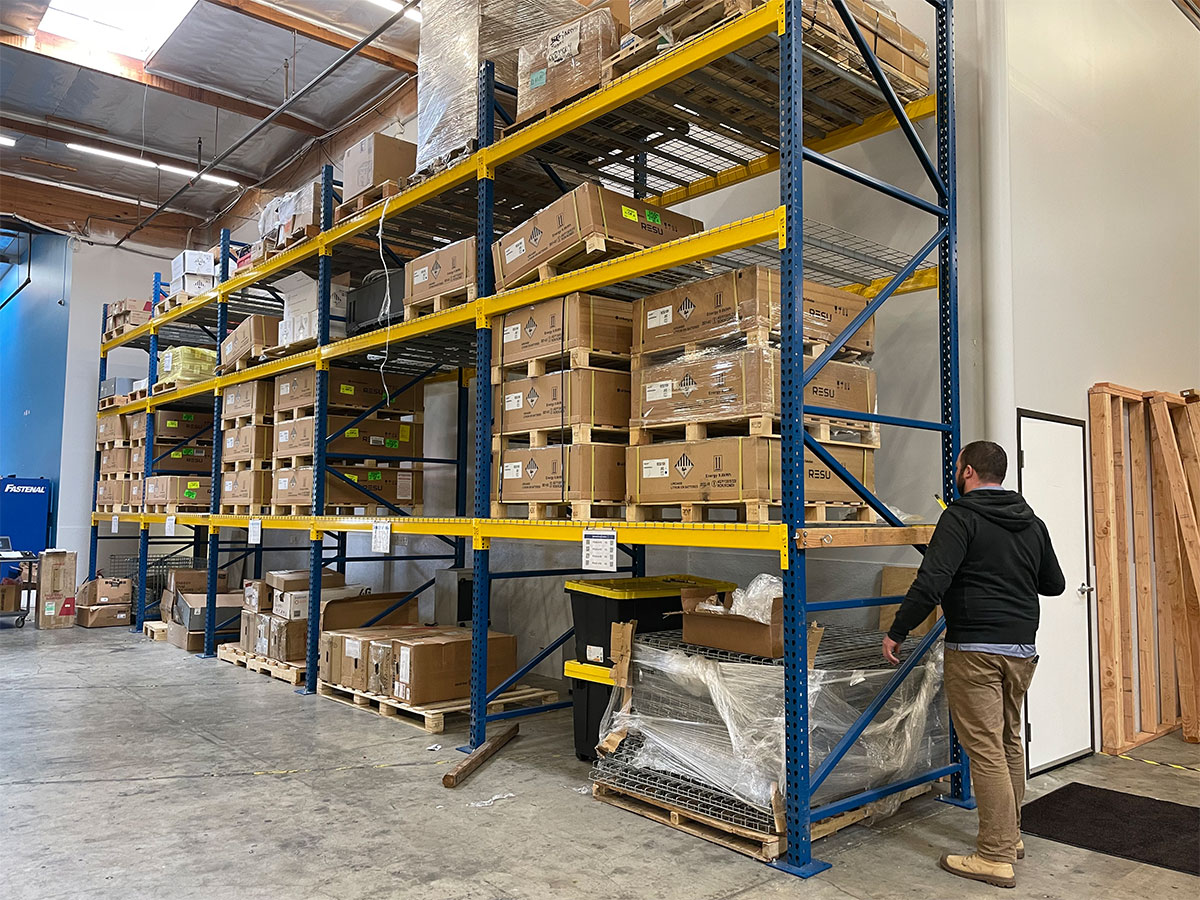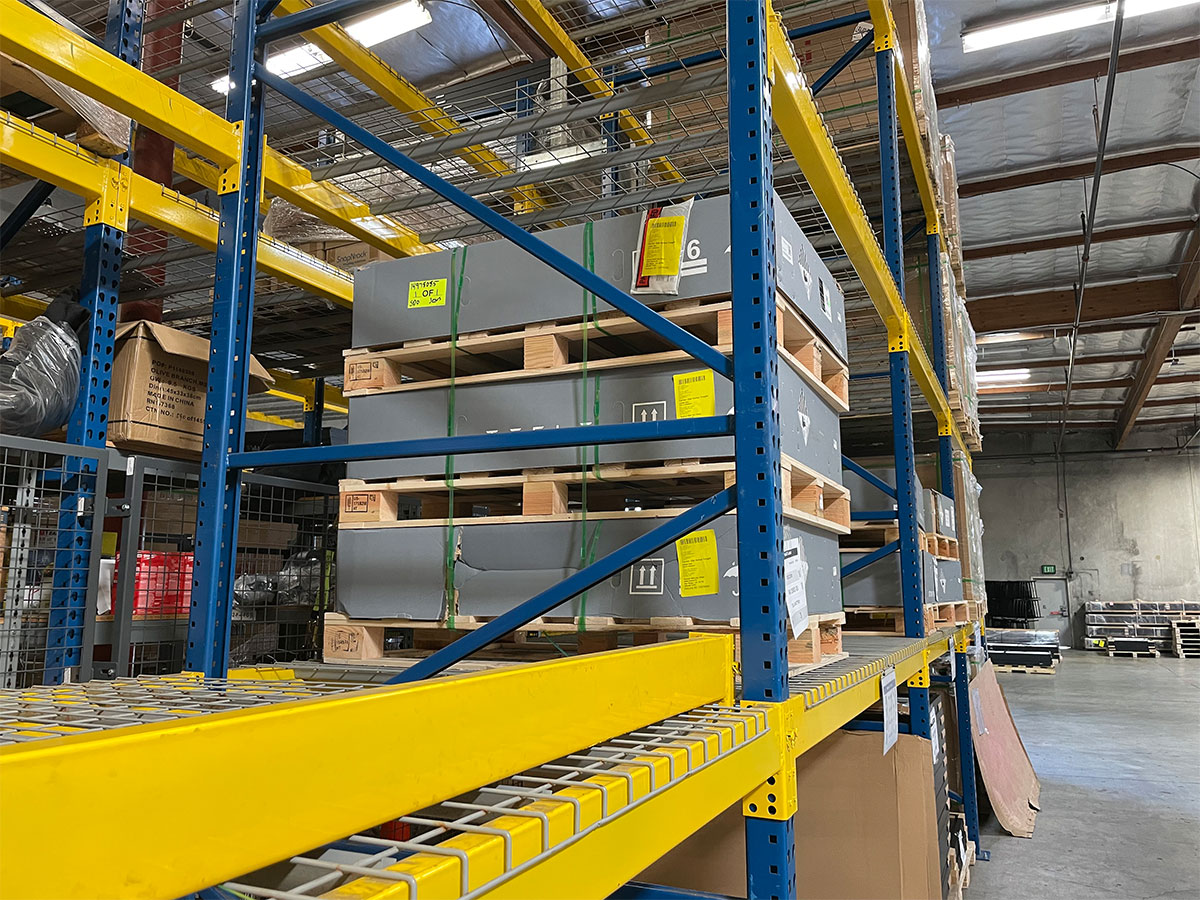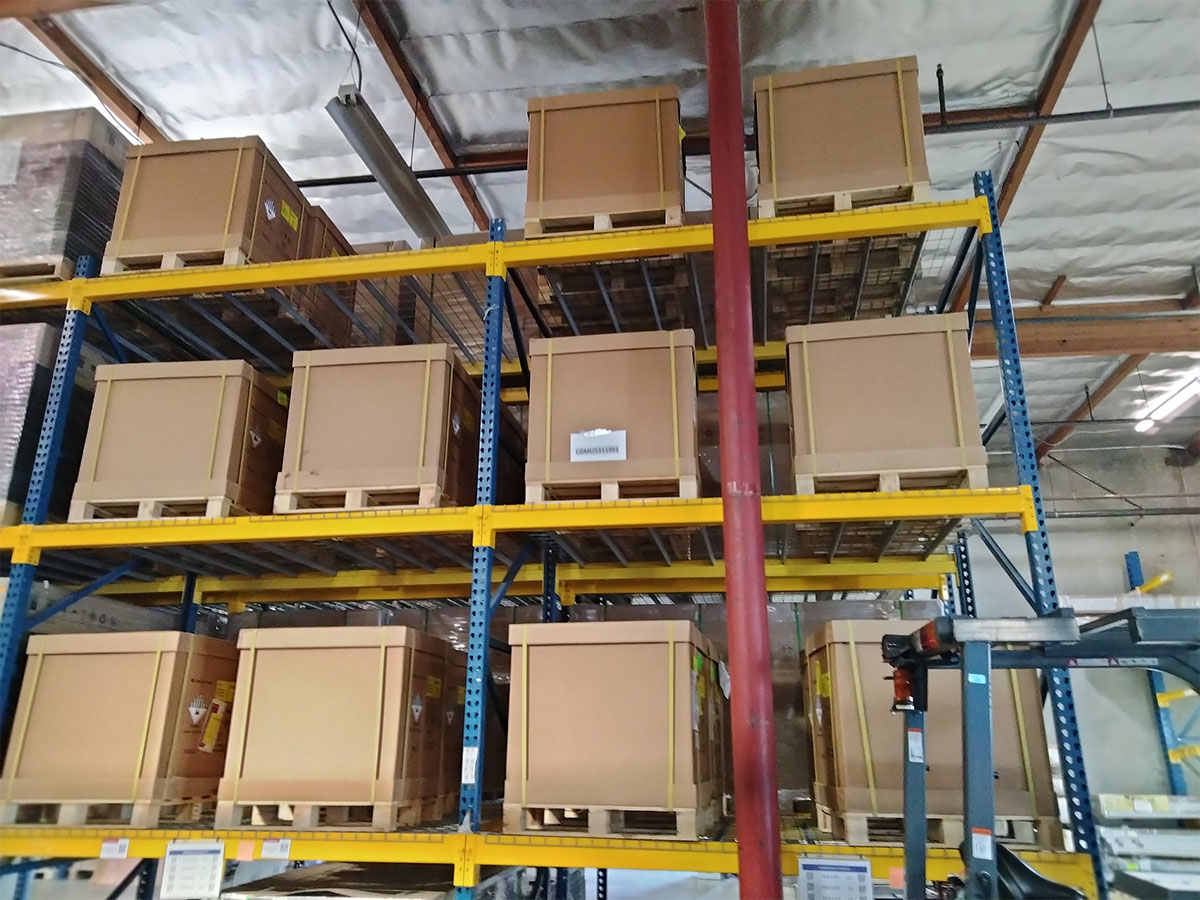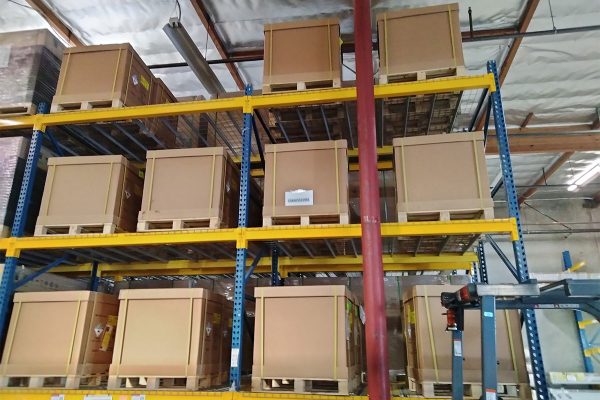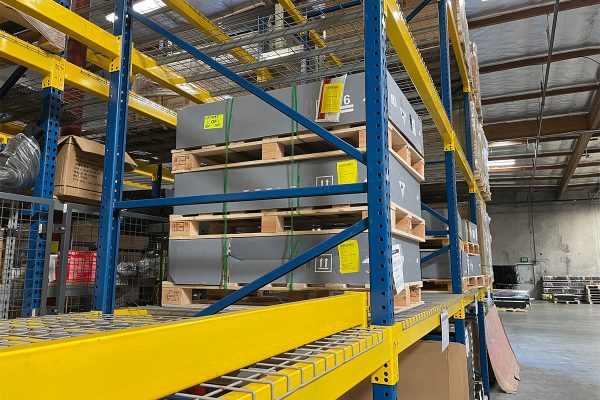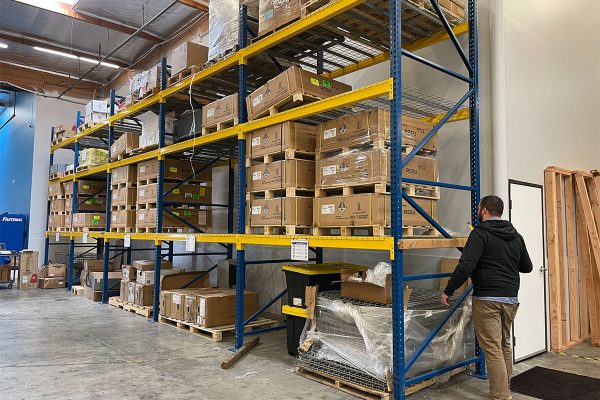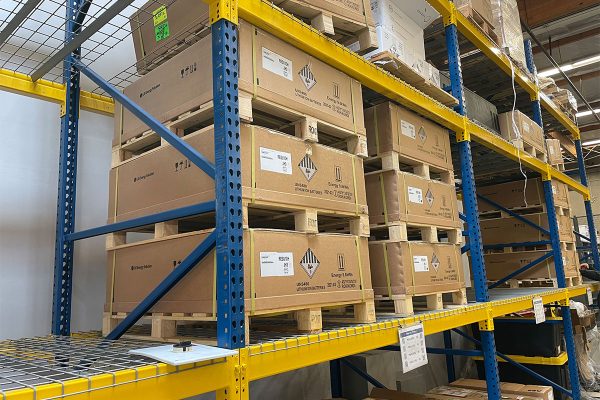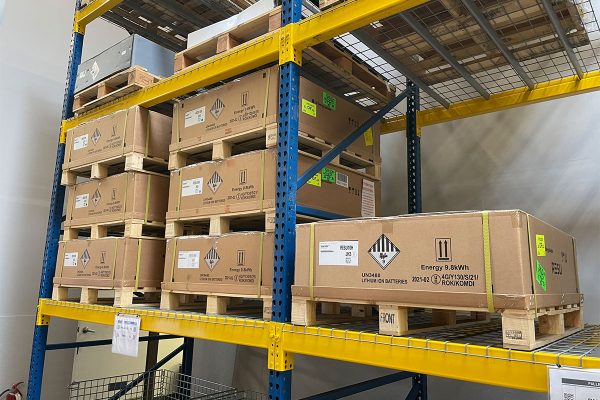SAFETY, SUSTAINABILITY, AND RESILIENCE
California's Warehouse Battery Storage Rules
As of 2023, California has implemented groundbreaking changes in its fire code regulations to address the increasing demand for energy storage solutions in warehouses. The state’s new warehouse battery store requirements represent a significant step towards promoting safety, sustainability, and resilience in the face of the growing challenges posed by climate change and power grid vulnerabilities. In this article, we will explore the key aspects of California’s updated fire code and how it aims to revolutionize the way warehouses manage and store energy.
ENHANCE THEIR ENERGY INDEPENDENCE
Importance of Energy Storage in Warehouses
Warehouses play a critical role in supporting California’s robust economy and serving as distribution centers for various goods. However, these facilities often face energy-related challenges, such as high electricity consumption, power disruptions, and the need for sustainable energy solutions. The state has witnessed a surge in demand for energy storage systems as businesses seek to enhance their energy independence, mitigate peak demand costs, and reduce their carbon footprint.
ENSURING PUBLIC SAFETY
California's Commitment to Fire Safety
California’s history of devastating wildfires underscores the importance of stringent fire safety regulations. The state has experienced increasingly frequent and severe wildfires over the past few decades, raising concerns about the risks posed by energy storage systems in warehouses. As a response, the state government recognized the urgency to strike a balance between promoting renewable energy adoption and ensuring public safety.
BATTERY STORAGE SYSTEMS
The 2023 Fire Code Revisions
In response to the growing interest in energy storage solutions and the need to address fire safety concerns, California introduced revisions to the Fire Code in 2023, specifically targeting warehouses that utilize battery storage systems. These changes aim to set new standards for the installation, operation, and maintenance of energy storage systems, minimizing fire risks and promoting overall safety.
Strict Compliance and Permitting Process:
The updated fire code mandates that all warehouses seeking to install or upgrade energy storage systems must adhere to stringent compliance standards. This includes obtaining permits from local authorities, who will assess the site’s suitability for battery storage and evaluate the fire mitigation measures in place.
Fire-Resistant Enclosures and Ventilation:
To prevent fires from spreading and to contain potential incidents, warehouses must now house their battery storage systems in fire-resistant enclosures. These enclosures are designed to limit the oxygen supply in case of a fire, reducing the risk of flames engulfing the entire facility. Adequate ventilation systems will also be required to dissipate heat generated by the batteries, further minimizing fire risks.
Emergency Shutdown Protocols:
California’s new fire code emphasizes the importance of installing emergency shutdown protocols for battery storage systems. These systems will enable warehouse operators to swiftly and safely shut down the energy storage units in the event of a fire or other emergencies.
Enhanced Fire Suppression Systems:
Warehouses incorporating energy storage systems must bolster their fire suppression systems to ensure swift and efficient fire response. This may include the installation of advanced sprinkler systems, automated fire detection technologies, and early warning alarm systems.
Employee Training and Fire Safety Protocols:
The new regulations require warehouses to provide comprehensive training to their employees on fire safety, hazard identification, and emergency response. Employees will play a crucial role in preventing potential incidents and responding appropriately to any emergencies that may arise.
REDUCING WAREHOUSE BATTERY FIRE RISK
Benefits of the 2023 Fire Code Revisions
The introduction of California’s new warehouse battery store requirements brings several key benefits to the state:
Improved Fire Safety: By enforcing stringent fire safety measures, the state aims to significantly reduce the risk of battery-related fires in warehouses, protecting lives, property, and the environment.
Promoting Renewable Energy Adoption: The updated fire code bolsters confidence in adopting energy storage solutions, encouraging more warehouses to integrate renewable energy sources into their operations.
Grid Resilience: Energy storage systems enhance the resilience of the power grid by providing backup power during emergencies, contributing to a more stable and reliable energy supply.
Environmental Impact: Greater adoption of energy storage systems allows warehouses to reduce their reliance on fossil fuels, lowering greenhouse gas emissions and supporting California’s ambitious climate goals.
SIGNIFICANT MILESTONE
California Sets an Example!
California’s new warehouse battery store requirements for the 2023 Fire Code mark a significant milestone in the integration of energy storage systems within the state’s commercial infrastructure. By prioritizing fire safety while encouraging the adoption of sustainable energy solutions, California sets an example for other regions to follow in building a safer, greener, and more resilient future. As technology advances and best practices evolve, these regulations will continue to adapt, contributing to the state’s overall efforts in combating climate change and enhancing public safety.
